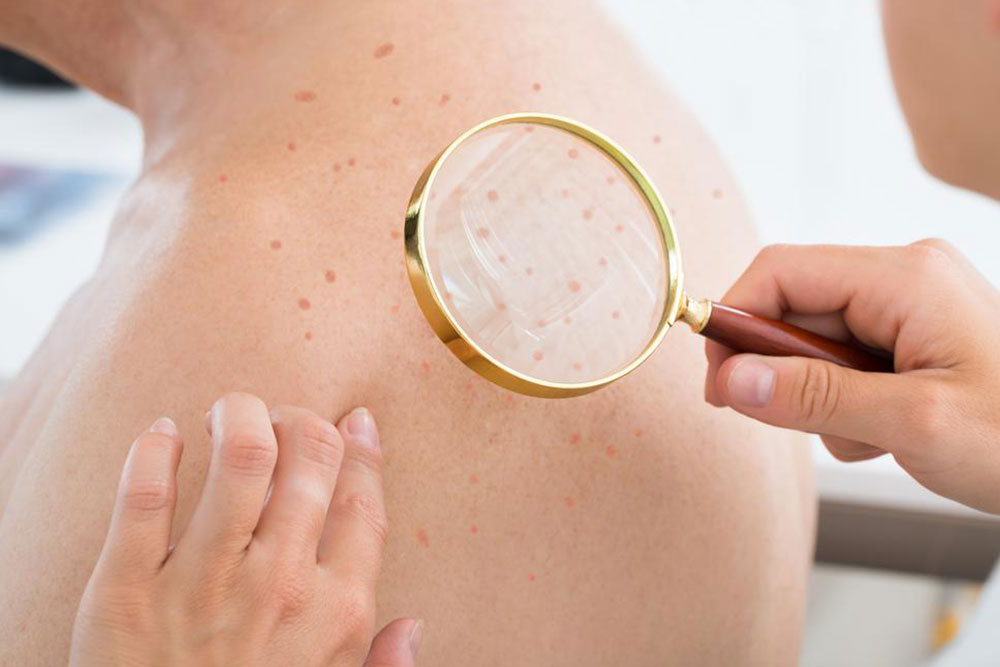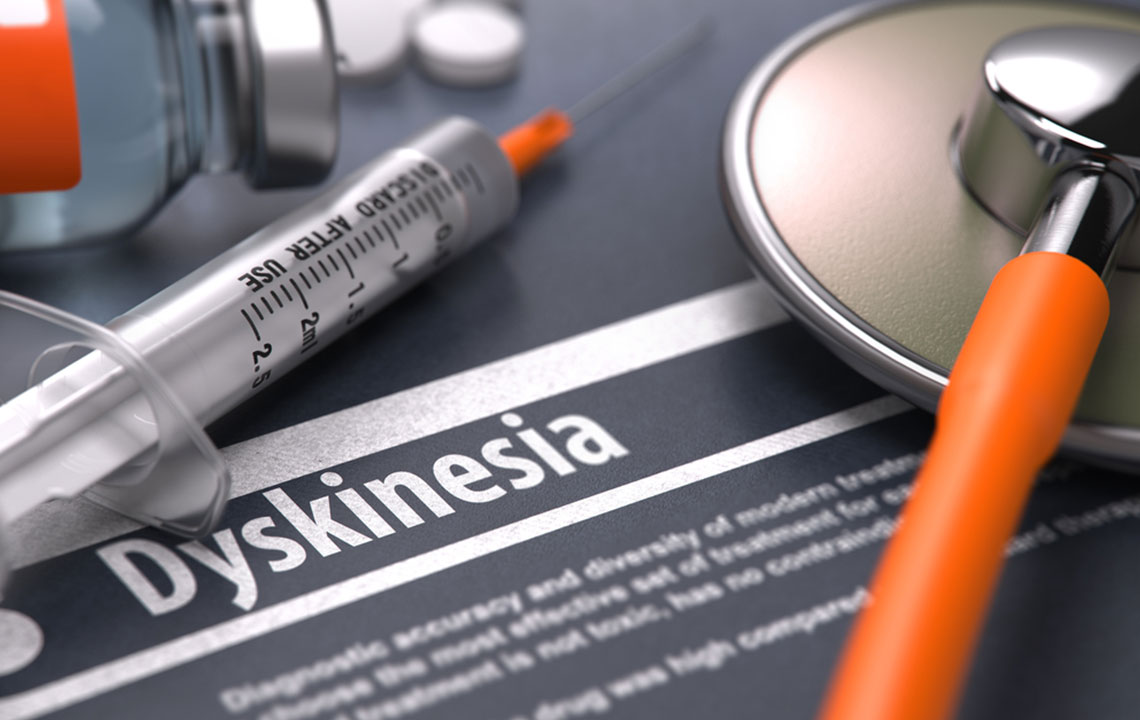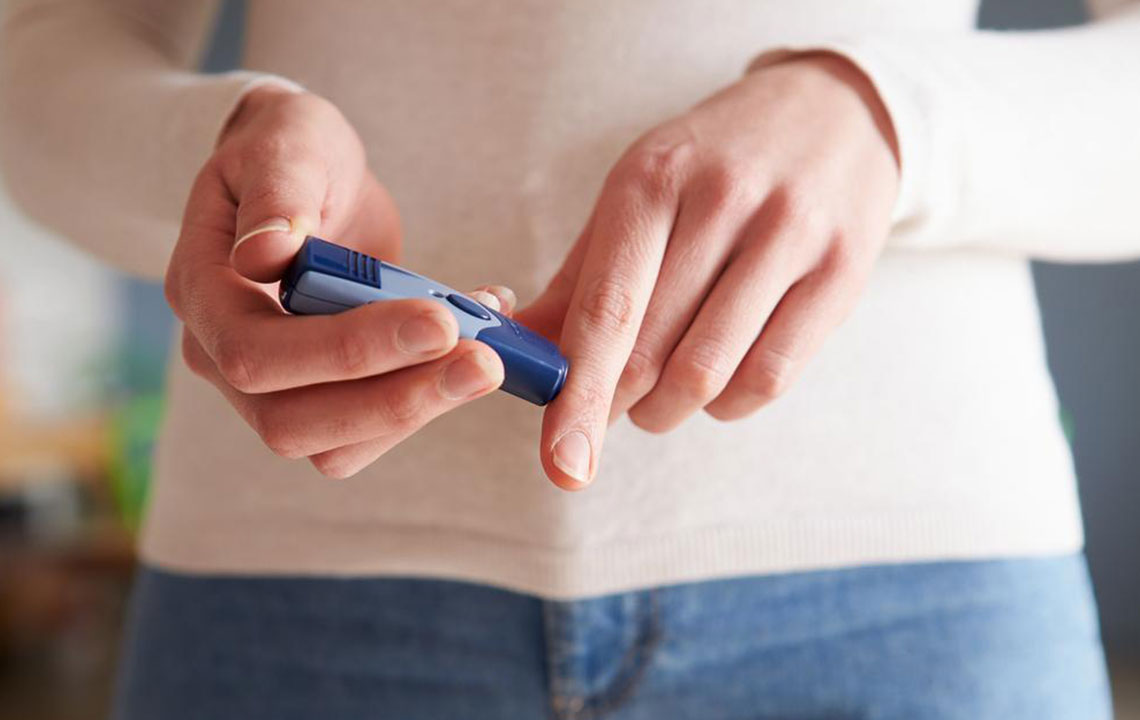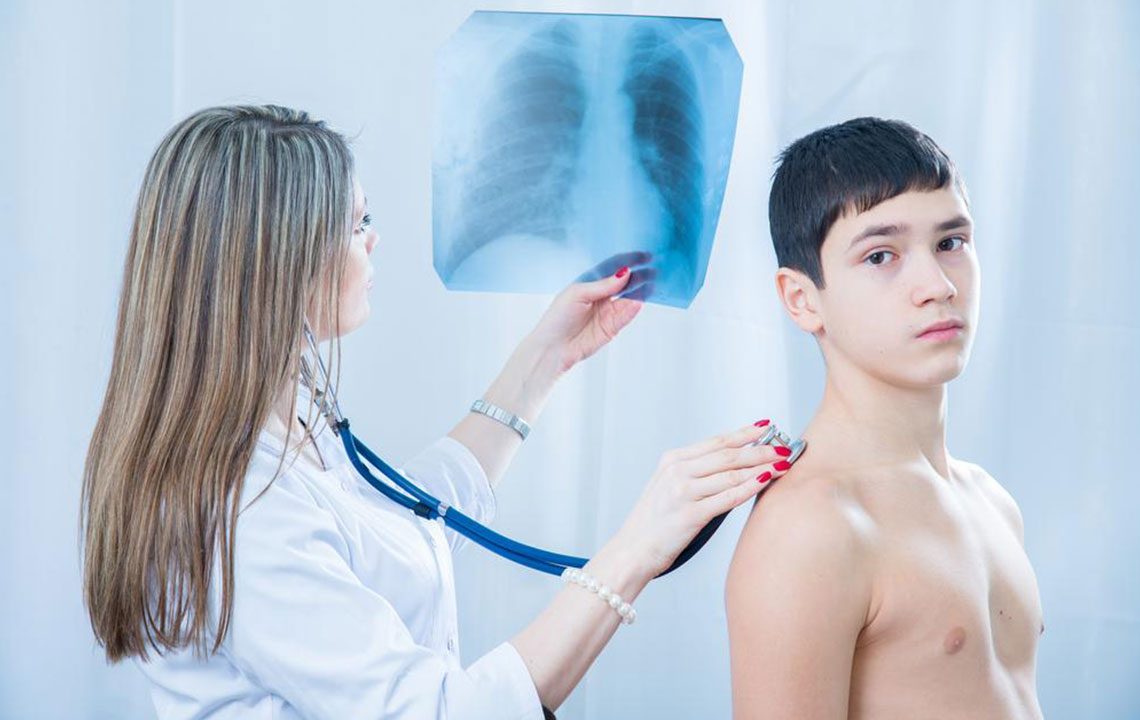Comprehensive Guide to Identifying and Managing Staphylococcus Infections
This comprehensive guide provides in-depth information on recognizing, diagnosing, and managing staphylococcus infections. It emphasizes early detection of symptoms such as skin redness, boils, and systemic signs like fever, highlighting the importance of prompt medical treatment. The article also covers prevention tips, including hygiene practices and wound care, to reduce infection risk. With expert insights into treatment options, including antibiotics and drainage procedures, readers gain valuable knowledge to protect themselves and loved ones from potential complications of staphylococcus bacteria. Suitable for health-conscious individuals and caregivers alike.
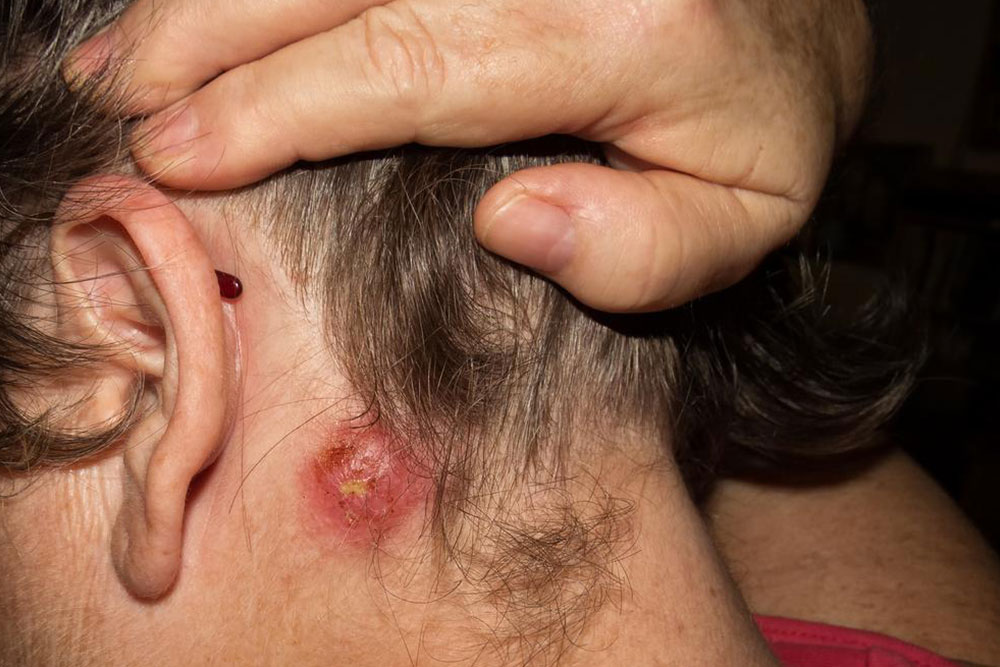
Understanding Staphylococcus Infections: Symptoms, Risks, and Treatment
Staphylococcus aureus, commonly known as staph bacteria, is a type of bacteria frequently found on the human body. It often resides harmlessly on the skin or within the nasal passages, posing no threat in most cases. However, under certain circumstances, these bacteria can cause infections that range from mild skin conditions to severe internal complications. Recognizing the early symptoms of staph infections is crucial for timely intervention, preventing complications, and ensuring effective treatment.
Physicians and health experts emphasize that while many people can carry staph bacteria without any signs of illness, a breach in the skin or immune system can enable these bacteria to invade the body and cause infections. The bacteria can enter through cuts, abrasions, or wounds, and if not promptly treated, can lead to serious health issues such as bloodstream infections, pneumonia, or even heart infections. This comprehensive guide aims to educate readers on the various symptoms associated with staph infections, how to differentiate them from other skin conditions, and when to seek medical attention.
Where Does Staphylococcus Usually Reside on the Body?
Staph bacteria are typically found on the skin’s surface, particularly in areas prone to sweating and friction. The most common site is around the nose and throat, where it often exists as part of the normal flora without causing harm. Additionally, the bacterial presence may also be detected in armpits, groin, and other moist regions of the body. It's important to note that carrying these bacteria does not necessarily mean an individual is infected; it only signifies the bacteria's presence without symptoms.
However, when conditions favor bacterial growth—such as skin injury, compromised immune function, or poor hygiene—the bacteria can multiply rapidly, leading to infections. Recognizing the signs of early infection can help individuals take prompt action to prevent escalation.
Recognizing the Symptoms of a Staphylococcus Infection
Detecting the early signs of staph infections is vital for effective treatment and minimizing health risks. Common symptoms can vary depending on the infection’s location and severity but generally include visual, physical, and systemic signs. Knowing these indicators helps distinguish staph infections from other skin conditions or ailments.
Initial Symptoms on the Skin
The earliest signs often manifest on the skin as redness, swelling, and tenderness around the infected area. The skin may become warm to the touch and develop a crusty or weeping rash. Often, these signs mimic other dermatological conditions, making proper diagnosis by a healthcare professional essential.
One characteristic feature of staph skin infections is the appearance of painful, pus-filled boils or abscesses. Such boils usually develop when the bacteria infect hair follicles or sweat glands and can be quite tender. The affected skin may also emit a foul odor if the infection worsens.
Other Common Signs and Symptoms
Besides visible skin changes, individuals may experience systemic symptoms such as fever, chills, and fatigue. The presence of a rash accompanied by fever indicates that the infection may be spreading beyond superficial layers, raising concerns about bloodstream invasion.
Persistent or worsening symptoms like chest pain, difficulty breathing, or rapid heartbeat may point to bacteria entering the bloodstream—known as bacteremia—a potentially life-threatening condition that requires immediate medical intervention.
Serious Signs to Watch For
In severe cases, the bacteria can invade internal organs, leading to conditions such as pneumonia, endocarditis, or osteomyelitis. Signs of a serious systemic infection include high fever, low blood pressure, confusion, or unconsciousness. These symptoms necessitate urgent medical attention.
Conditions Associated with Staph Bacterial Infections
Several skin conditions are directly linked to staph bacteria. These include:
Impetigo: Contagious blisters that ooze pus and crust over, commonly affecting children.
Cellulitis: Red, tender, and swollen skin deeper beneath the epidermis, often affecting the legs or arms.
Boils and Carbuncles: Large, painful abscesses that develop around hair follicles and can rupture spontaneously.
Staphylococcal Scalded Skin Syndrome: A severe skin condition primarily affecting infants and young children, characterized by redness, blistering, and peeling skin.
If you notice any of these symptoms, it’s essential to seek medical care promptly. Early diagnosis and intervention can prevent bacteria from spreading and causing more severe complications.
Diagnosis and Treatment of Staph Infections
Diagnosing a staph infection typically involves a clinical examination, combined with laboratory tests such as bacterial cultures from the affected area. Blood tests may be performed if systemic symptoms are present, helping ascertain whether the bacteria have entered the bloodstream.
Treatment depends on the infection’s severity and location. Mild skin infections can often be managed with topical antibiotics, good hygiene practices, and warm compresses. For more severe infections or those involving deeper tissues, physicians may prescribe oral or intravenous antibiotics. In some cases, drainage of abscesses or boils is necessary to remove pus and promote healing.
Given the rise of antibiotic-resistant strains like MRSA (Methicillin-resistant Staphylococcus aureus), healthcare providers often perform sensitivity testing to determine the most effective medications. Prevention strategies include proper wound care, frequent handwashing, disinfecting surfaces, and avoiding sharing personal items.
Preventing Staph Infections
Preventive measures are crucial in minimizing the risk of staph infections, especially for vulnerable populations such as hospital patients, athletes, or those with compromised immune systems. Basic hygiene practices like hand washing with soap and water are the most effective means of reducing bacterial transmission.
Keeping wounds clean and covered, avoiding shared personal items, and maintaining overall cleanliness of the skin can significantly decrease infection chances. In healthcare settings, strict adherence to infection control protocols, including sterilization and proper wound management, is essential.
When to Seek Medical Help
If you notice signs of a skin infection, such as redness, swelling, pain, or pus, consult a healthcare professional promptly. Seek immediate medical attention if you experience systemic symptoms like fever, chills, difficulty breathing, or if the infection appears to be spreading rapidly. Early intervention can prevent serious complications and facilitate prompt recovery.
Conclusion
Staphylococcus infections are common but often manageable if detected early. Awareness of symptoms, understanding risk factors, and practicing good hygiene are key to prevention and control. If you suspect a staph infection, timely medical consultation is vital to effective treatment and avoiding severe health consequences. Maintaining hygiene, proper wound care, and cautious antibiotic use are essential components of managing staph bacteria in daily life.
